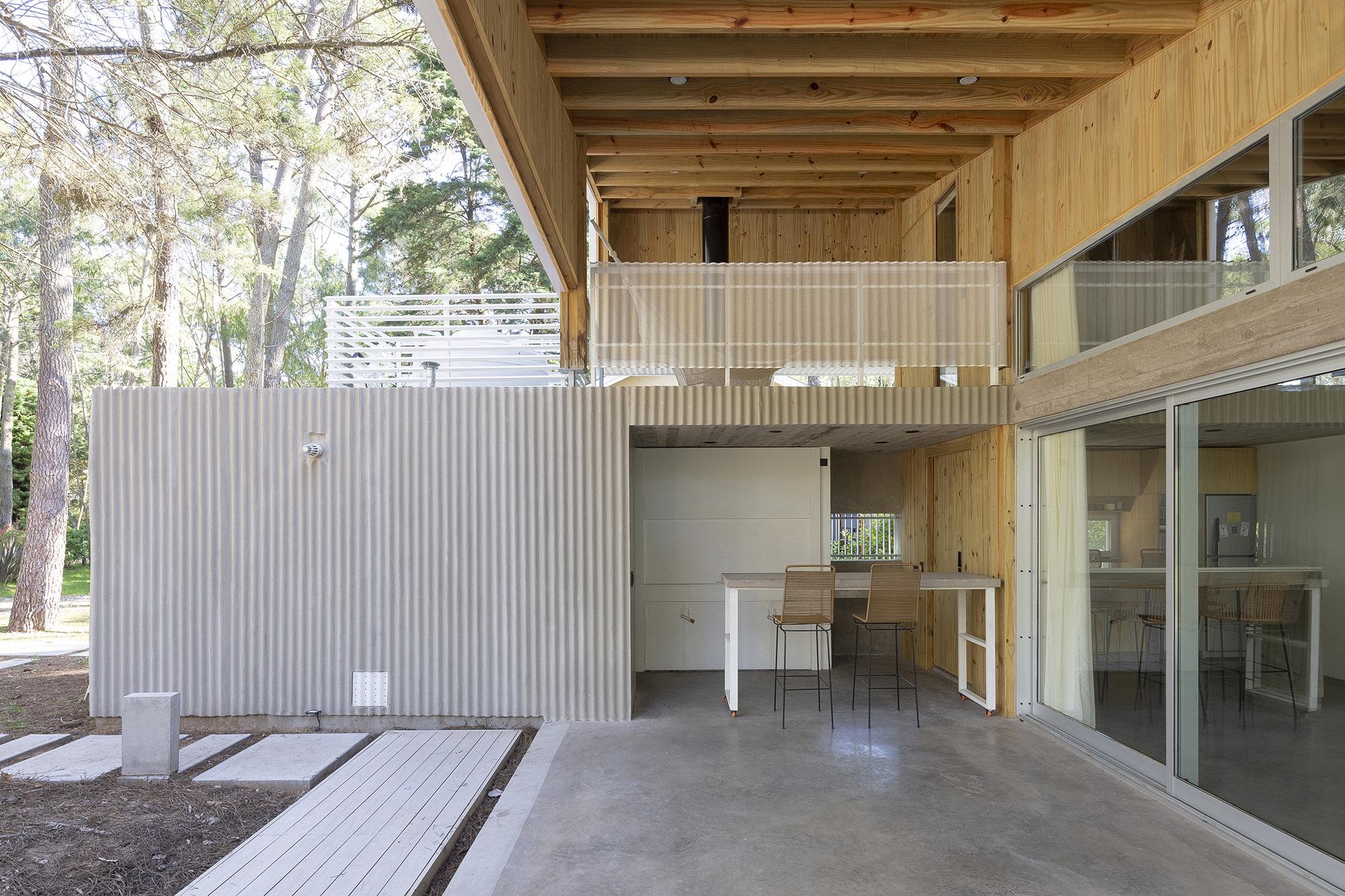- Home
- Articles
- Architectural Portfolio
- Architectral Presentation
- Inspirational Stories
- Architecture News
- Visualization
- BIM Industry
- Facade Design
- Parametric Design
- Career
- Landscape Architecture
- Construction
- Artificial Intelligence
- Sketching
- Design Softwares
- Diagrams
- Writing
- Architectural Tips
- Sustainability
- Courses
- Concept
- Technology
- History & Heritage
- Future of Architecture
- Guides & How-To
- Art & Culture
- Projects
- Interior Design
- Competitions
- Jobs
- Store
- Tools
- More
- Home
- Articles
- Architectural Portfolio
- Architectral Presentation
- Inspirational Stories
- Architecture News
- Visualization
- BIM Industry
- Facade Design
- Parametric Design
- Career
- Landscape Architecture
- Construction
- Artificial Intelligence
- Sketching
- Design Softwares
- Diagrams
- Writing
- Architectural Tips
- Sustainability
- Courses
- Concept
- Technology
- History & Heritage
- Future of Architecture
- Guides & How-To
- Art & Culture
- Projects
- Interior Design
- Competitions
- Jobs
- Store
- Tools
- More

Interior design is more than just a visual feast for the eyes; it’s a language that communicates both subtle and profound messages. By blending textures, colors, spatial arrangements, and decor, interior design can articulate aesthetic sensibilities, create an atmosphere, and even influence mood. This multifaceted language may seem esoteric, but it is accessible to anyone who takes the time to understand its intricacies. This article aims to demystify the language of interior design, illuminating its various elements and the sentiments they convey.
Table of Contents
ToggleThe Vocabulary of Elements
Color
The use of color is perhaps the most direct way to communicate in the realm of interior design. Every color has psychological undertones: blues can evoke a sense of calm, yellows spark joy and energy, while grays and whites often serve as a neutral backdrop that offers sophistication. In essence, colors can set the emotional temperature of a room.
Texture
Texture is like the adjectives in the language of interior design, adding depth and nuance to the overall picture. A shaggy rug, sleek marble counter, or rustic wooden table can immediately add layers of complexity to a space. Texture also engages our tactile senses, inviting touch and interaction.
Space and Layout
In a well-designed room, every piece of furniture serves a purpose and contributes to the overall spatial arrangement. Space can be thought of as the grammar, arranging the elements into coherent and functional patterns. Properly utilized space maximizes functionality while providing visual harmony.
Lighting
Lighting is the punctuation in our design sentences. It highlights, emphasizes, and sets the mood. The difference between a well-lit room and a poorly lit one is as stark as between a well-written paragraph and a jumble of words.

Decor and Accents
These are the idioms and phrases that add character and distinctiveness. A piece of vintage art or an ethnic rug can be a focal point that makes a statement about your personal style, taste, or even your travels and experiences.
Syntax: The Importance of Cohesion
Just like a well-formed sentence, a well-designed space must have cohesion. All elements must be carefully curated so that they work in harmony. Cohesion ensures that individual pieces don’t just exist in isolation but collaborate to tell a cohesive story.
Context and Nuance
Every space has its context—be it cultural, architectural, or functional—that shapes its design language. A mid-century modern style may convey nostalgia in an American context but may signify something entirely different in a European setting. Therefore, the ability to read and interpret the nuances of design language becomes important, especially when adapting styles from different eras or cultures.
Subtext: Emotional Resonance
Beyond the visible and the tactile, there’s an emotional layer in the language of interior design. The organization of space can affect human psychology deeply. For instance, cozy spaces with soft textures and warm colors can invoke feelings of safety and comfort, while minimalist spaces may evoke a sense of freedom and uncluttered thinking.

Understanding the language of interior design is akin to becoming fluent in a new tongue. It equips us with the tools to craft spaces that are not just visually appealing but also emotionally resonant and contextually appropriate. Whether you’re a professional designer or a layperson looking to articulate your vision, acknowledging and studying this intricate language will enable you to create more harmonious, functional, and expressive spaces.
The role of communication in interior design is a multifaceted one, serving as the bridge that connects designers, clients, contractors, and the spaces themselves. While design prowess and technical skill are crucial for any successful interior design project, the importance of effective communication cannot be overstated. Below are key reasons why communication is pivotal in the realm of interior design.
Effective communication enables a designer to transform abstract ideas into concrete visuals. Most clients have an idea—though sometimes vague—of how they want their spaces to look and feel. The designer’s role is to interpret these ideas and turn them into actionable plans. This requires not only speaking the client’s language but also translating it into the language of design elements like color, texture, and layout.

1 Comment
Submit your architectural projects
Follow these steps for submission your project. Submission FormLatest Posts
Top 8 Luxury Vacation Rentals Features Guests Love Most
A luxury vacation rental offers an entirely different experience than a typical...
Why Local Expertise Matters: Choosing the Right Plumbers in Townsville
Why Local Expertise Matters: Choosing the Right Plumbers in Townsville When it...
Bathroom Remodel ROI: How to Add $15–30K to Your Home Value in 2025-2026
Outdated bathrooms can drag a listing 20-30% longer on the market. Buyers...
The Key Factors to Review When Comparing Fiber Providers in Minneapolis
Looking for a fiber provider in Minneapolis can feel surprisingly overwhelming. The...












Interior design is such a complex topic. I think this is a perfect summary of the important factors in creating stunning spaces.